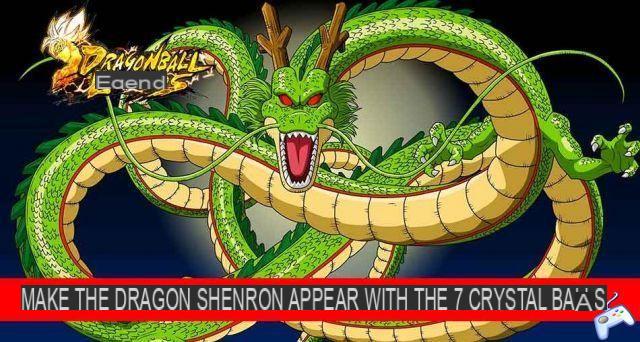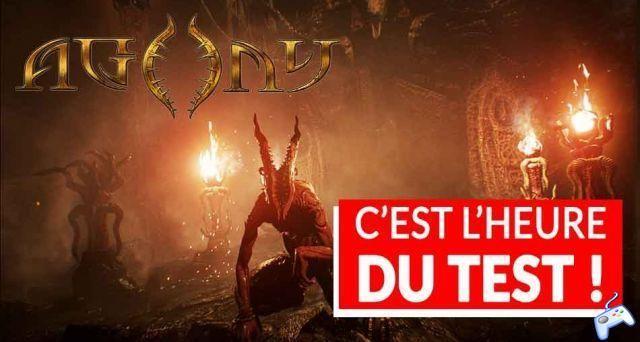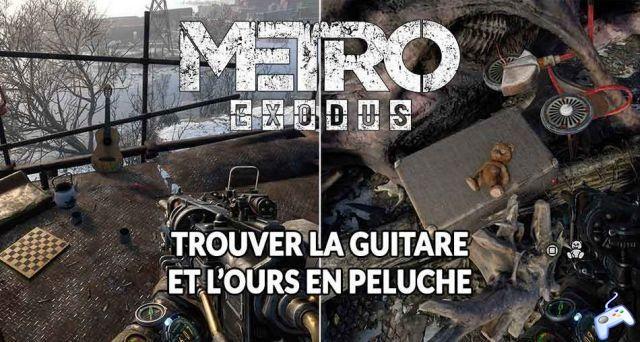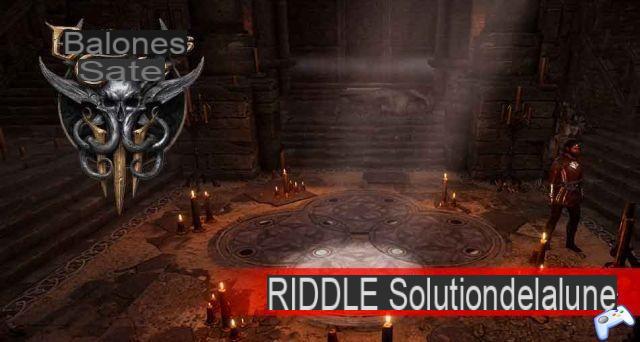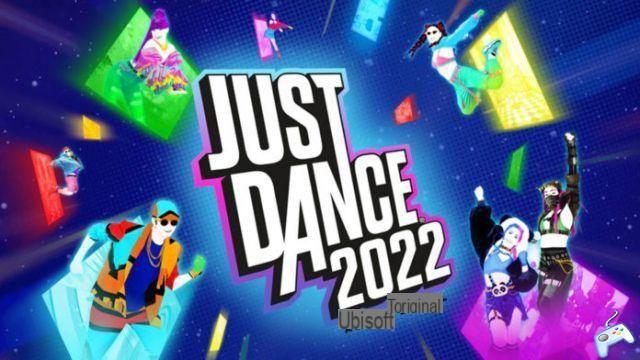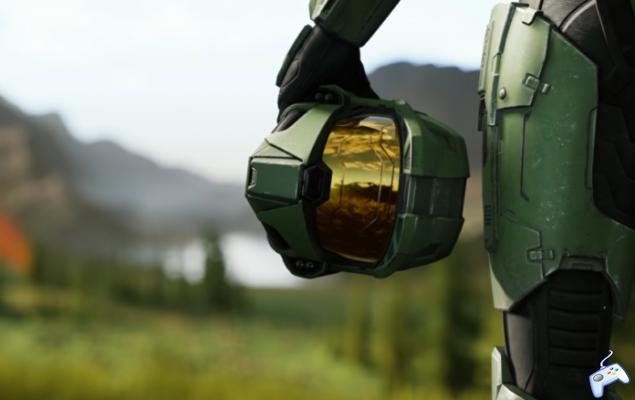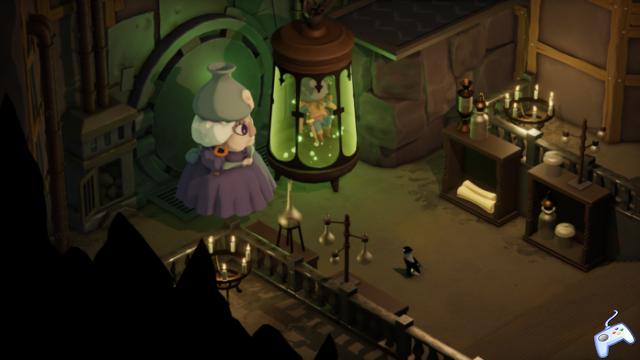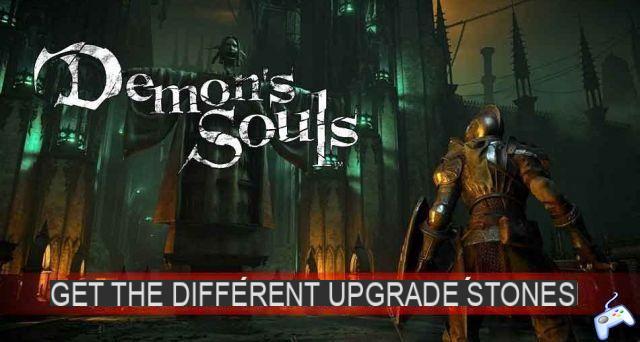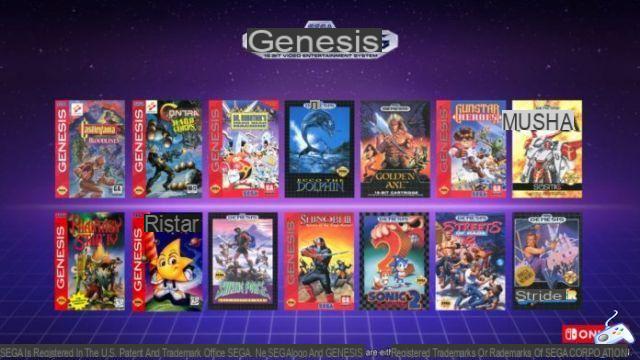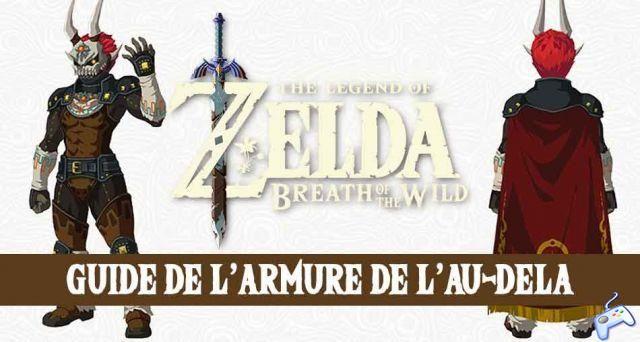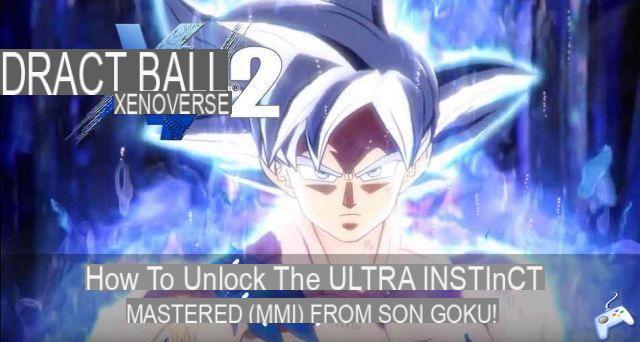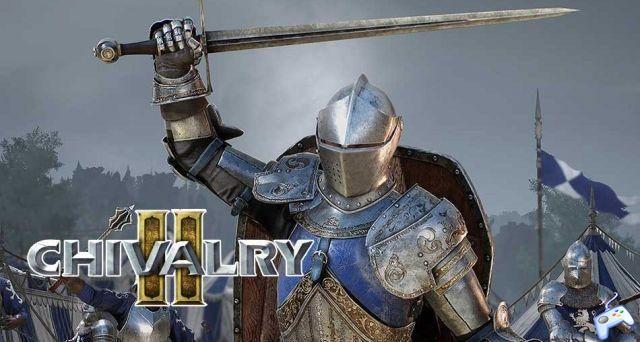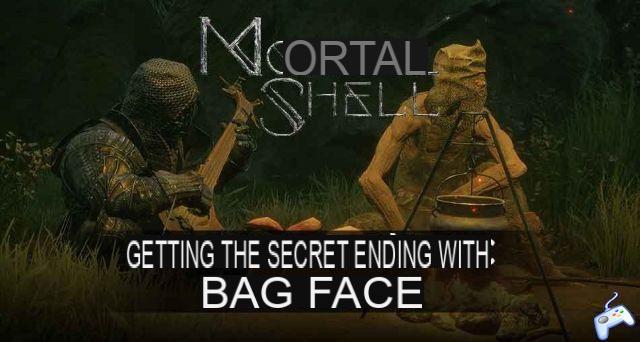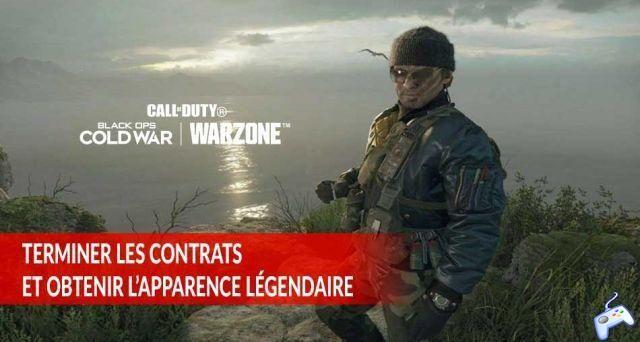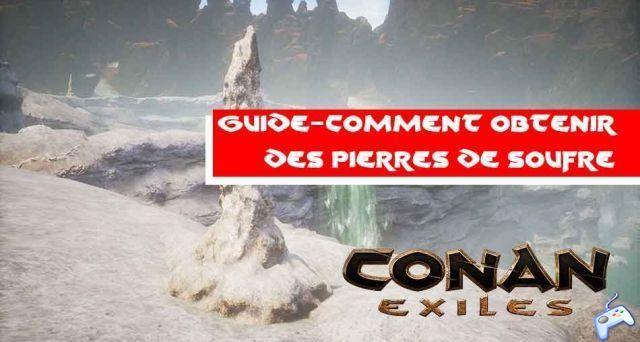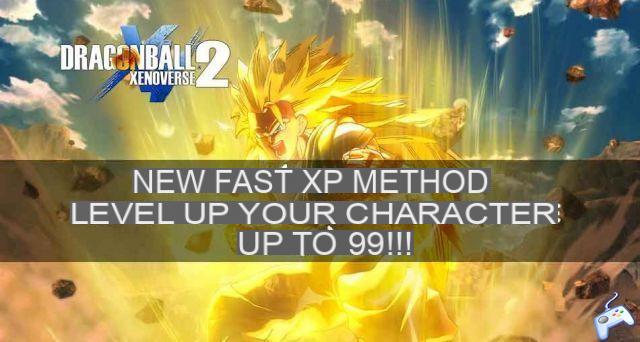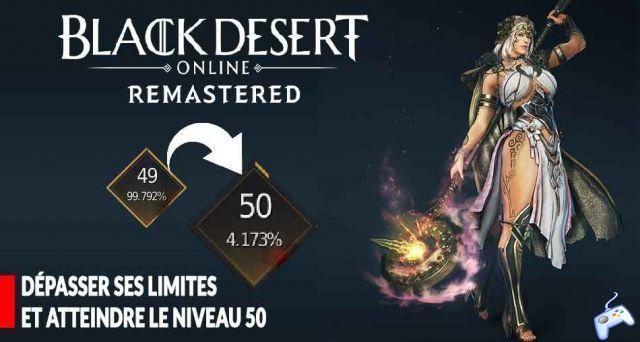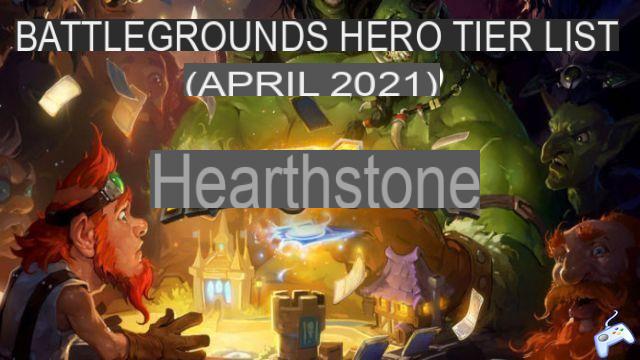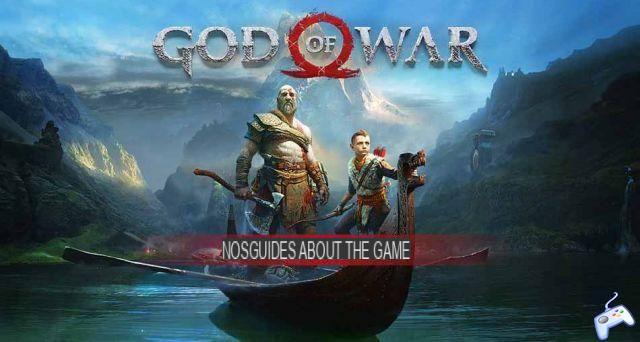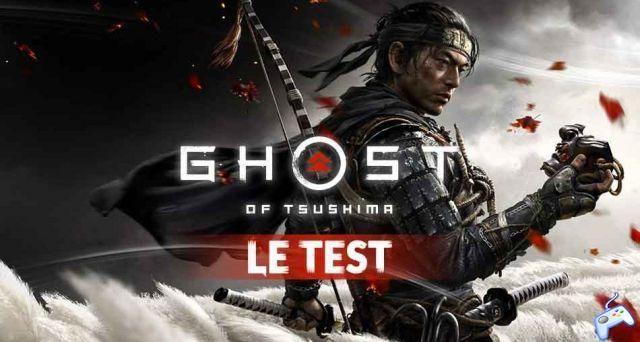
Although it is at the end of its career, Sony's PS4 offers some big exclusives in this year 2020, including the highly anticipated Ghost of Tsushima, the next software developed by the Sucker Punch teams which is scheduled for July 17, 2020 If the game was originally supposed to be released at the end of June, it will finally give way to Naughty Dog's The Last of US Part 2, thus shifting its launch by a month. Nothing seems to be able to hinder the commercial release of the game in physical and digital editions on the PlayStation Store, and as proof, we have in our hands a test version allowing us today to share with you our opinion on this news. big production from the Sucker Punch studio and ultimate "triple A" from a Sony "First Party" studio for the PS4 before it leaves its place for the PS5 at the end of the year. We tested the game on PS4 Pro with the objective of completing all side activities before continuing the story. We will also release guides to the game as soon as it is released on the market. All the screenshots of this test were captured by us, some of these images use the photo mode integrated into the game and others were taken on the fly while traveling through the lands of Tsushima.
The adventure of "Ghost of Tsushima" takes place in a feudal Japan during the Kamakura period in Tsushima, an island that is located just off mainland Japan. At the end of the XNUMXth century, the Mongol Empire carried out military operations there starting from South Korea with a large fleet of ships with the aim of conquering the East, they will pass without much difficulty the line of defense of the Tsushima Island, which will allow them to set up numerous camps there and prepare for new military maneuvers. Sucker Punch's Ghost of Tsushima game takes up this passage in the history of the Mongol invasion by having players embody one of the last samurai still in defense, Jin Sakai.
Who is Jin Sakai, the "ghost samurai" that players play in Ghost of Tsushima?
Jin Sakai is the main character of the game, he grew up on the island of Tsushima and lived through the Mongol invasion. Upon arrival, they killed most of the samurai who sought to repel the invasion, they attacked civilians and devastated villages. While he always followed the strict training of his uncle Shimura (the Jito) who made him an authentic samurai, he will finally follow his own code of honor to free Tsushima from the grip of the Mongols. The choice is up to him, to honor the traditions by respecting the codes of a samurai warrior and continue a fight he cannot win, or forge a new way of fighting and follow his own path, that of a "ghost samurai". for the freedom of Japan. The decision is actually up to the players, will you fight with honor like a real samurai by facing your enemies to uphold the Bushido moral code or will you fight like a Shinobi with an unconventional style surprising your opponents when they least expect it?
Jin will in any case be confronted with "Khotun Khan" (reference to Kublai Khan), the general of the Mongol Empire who leads and commands the massive fleet of ships and soldiers that have invaded the Japanese island of Tsushima. To achieve this victory, Khotun will rely on his knowledge of the samurai code of honor to destroy them. Note that despite the emphasis on the code of honor and the morality aspect, this does not mean that the game has a system with karma points that changes your relationships with other characters. The developers do not force players to choose between samurai or ghost, it is possible to play both styles, even choosing the ghost path Jin has the possibility of fighting like a samurai at any time, because this path is the one that was taught to him. It should also be noted that at no time do your comrades in arms judge you when you combine the two styles in combat before their eyes.
It's the story itself that evolves in this direction, whether you fight like a real samurai or not since in any case the Sucker Punch teams have planned quests where you must be discreet to achieve your ends and guide Jin on the path of the "ghost". It also happens while performing certain actions that Jin announces aloud "this technique is unworthy of a samurai..." continuing "...but at least it works" with flashback scenes constantly reminding him that he is moving away a bit of the moral principles of Japanese warriors.
Ghost of Tsushima and its two-sided combat system:
Although Jin has all the qualities of a great samurai and his Katana "Sakai Storm" is enough to impress the opponent in a duel, his skills and his mastery will be of no use to him against an army of Mongol soldiers who operate often in groups and who are sometimes even in excess. If Jin has a wide range of weapons, techniques and tools to defend himself, death can happen very quickly in Ghost of Tsushima. It's also not FromSoftware's 'Sekiro Shadows Die Twice' at heart, but the dev teams wanted the weapons to feel sharp and deadly, one mistake can cost the hero's life. , knowing that enemy attacks can come from all directions, it is not because Jin faces a particular enemy that the rest of the group will wisely wait their turn to start attacking. To win in Ghost of Tsushima, the player must maintain a certain level of alertness and vigilance.
We played on "medium" difficulty which is the standard difficulty, but other difficulties exist, a simpler mode and another more difficult. By finishing the adventure, it doesn't seem that we unlock new difficulty modes, nor is there a "new game plus" option. To come back to the fights, you unlock new postures as you progress, you must then adapt your posture according to your opponent, the one towards whom you are turned to inflict "shaking" damage on him which will contribute to creating a opening in his guard and thus being able to continue on a series of mortal blows before your opponent regains his balance.
There is no “lock” system on the enemies, you have to point the stick in the desired direction for Jin to target a particular opponent. Confusing at first, you end up understanding how this system works and adapting. Do not rush too much in your blows so as not to find yourself with your back to the opponent. In general, you have to choose the right combat posture depending on whether the enemy is carrying a sword, a shield or is equipped with a spear, for example. You must then hit your opponent with the triangle key to break his guard, simple attacks with the square key will have the effect of making your attacks too predictable, as well as having a bad posture will put you at a disadvantage in combat. The change of posture is quite simple, you hold a trigger (R2) and choose your posture with the keys. When you do this, the action slows down around you, it's quite practical to counter an attack that would arrive behind your back for example, allowing you to time your parry at the right time to destabilize the enemy who is about to hit you. deal a treacherous blow, this slowdown gives a small tactical effect to battles if you know how to take advantage of it.
Indeed, in addition to your range of blows and gadgets of all kinds at your disposal, you have the possibility of blocking, but especially parrying the attacks of your opponents. There are different levels of parries, the one that simply blocks the blows, the more timed one that will slightly destabilize your opponents and the perfect parries where you simply create an opening allowing you to continue on a very often fatal combo. A perfect parry will impress the rest of the enemy troops! The more you perform actions that scare your opponents, the more likely you are to see them doubt, literally take fright and fall to the ground or take to their heels.
If you can announce your presence when you arrive in a Mongol camp, the game also offers you the possibility of playing it in ninja mode in the shadows. Hide in tall grass, go through gaps between fences, find a trapdoor under a house to sneak in, go through rooftops and kill your targets as you see fit. By jumping from a roof you can assassinate a target or even do a chain assassination, you can surprise your enemies in their sleep and a whole bunch of actions in the genre that we will leave you at your leisure to discover controllers in hands. Whether in direct confrontation or in stealth mode, both work very well.
From our point of view the combat system of Ghost of Tsushima is one of the best aspects of the game, the possibilities are numerous, the actions impressive and stylish. It's always a great moment to fight in the game. Especially since for some clashes, you are deactivated all your ninja gadgets for a Katana clash in the purest tradition of samurai clashes. The game then changes perspective, you find yourself in a kind of arena and you must fight to the death, until there is only one left. The clashes of Ghost of Tsushima are always supported by very good background music.
From Jin Sakai the Honorable Samurai to Jin Sakai the “Ghost”:
As you progress through the story and take actions on the island of Tsushima to repel the invader, your "legend grows". Most of your actions earn you "legend" points, a sort of experience point system that allows you to unlock new combat techniques and as you earn skill points and unlock new tools that will lead you on the path of the "Ghost".
By opening the character interface, we discover that there are several skill trees, new posture techniques to acquire and that it is possible to strengthen Jin's "Ghost" techniques. But at no time do you need to specialize in an area since we can confirm that it is possible to unlock absolutely all the techniques and skills in the game. We ended the adventure with the "legend" level at max and we no longer unlocked all of Jin's combat skills. There is no limit, no need to choose if you are more of a samurai or a ninja.
An impressive artistic direction for a breathtaking visual:
Let's face it, Ghost of Tsushima is visually amazing. We even think that the Sucker Punch teams offer one of the most beautiful open worlds of the generation. As stated at the start of this test, we played Ghost of Tsushima on PS4 Pro, HDR mode activated and the screen rendering is excellent. The game seems to have benefited from very special care with a framerate that remains stable 90% of the time, our console that was used for testing was also quite silent when it had made us live a real ordeal for The Last of US Part 2. We played with the "high resolution" option, be aware that the game has a performance or high resolution mode which is only available on PS4 Pro. In any case, Ghost of Tsushima seemed really well optimized to us, with loading times that are really very short, for example.
The environments of Tsushima are varied, the island is divided into three main regions themselves composed of several districts. We counted a large number of different biomes, each with its own particular flower fields and trees unique to Japan. The whole thing is embellished by a really well done particle system. The leaves that fly around you, the fireflies that twirl in the sky, the game has a system of pushed particles that come to reinforce the places of exploration of Tsushima for an oh so unforgettable journey.
Exploration, quests, collectibles, what does Ghost of Tsushima offer in terms of content?
Once the game drops you in the middle of Tsushima after the prologue, you can steer freely wherever you see fit. At least in the first region until you reach the main objectives which will take you further north on the island. In Ghost of Tsushima, no compass, no mini map, no landmark that tells you where to go, the player takes full advantage of the visual without disturbing elements. You have to use what you see around you and the wind to guide you. Of course, by opening your map, you can see where your next quests begin that will advance the story, as well as when you pass close enough to a place of interest a “? appears on your card. It's up to you to place a marker and let the wind guide you to your destination. If this system seems rather original in the first place, we gradually discover that the world of Ghost of Tsushima has a construction not so different from another open world software. There is a fog of war that covers the entire MAP preventing you from knowing in advance what is hiding there. As you explore, this fog dissipates revealing too many question marks unfortunately. Hot springs, shrines to honour, other shrines where you have to follow a fox, banners to collect, training bamboos, headlights to turn on and more… All this in excess ends up leaving a filling aftertaste.
The game has a large number of side stories, quests that are quite well scripted, but where we felt we lacked that little something to keep the player's attention fully, while the main quests, on the other hand, take your great game with a show that will give you a good shot of adrenaline. In secondary stories, there are also mythical stories, legends that the inhabitants of Tsushima share among themselves. Listen to the legends told by the traveling musicians to unravel the mystery and often come away with new armor, a special move or others. These quests are often quite long, require you to search for visual things in your environment, and often end in style.
The open world offered by the Sucker Punch teams offers a lot of side activities of all kinds, but it's the whole collectible aspect and this filling with supernumerary sanctuaries, hot springs and others that end up annoying and make us lose this flavor of exploring an absolutely sublime island. Giving the player the illusion that he is heading where he wants with the wind is not enough, excessive collectibles are one of the worst things in video games in our humble opinion.
Any word on lifespan?
By focusing only on the story and following only the main objectives, you will be able to complete Ghost of Tsushima in around 20/25 hours. The island is divided into three main regions, once you complete the main quests in one region you can take on a big mission to repel the Mongol forces. Of course, with its contemplative effect, the island of Tsushima will know how to hold your attention longer and deviate from your objective. You will also need to collect resources to improve Jin's armor and weapons, this involves clearing Mongol camps which is a good method to collect resources. By going to the different villages on the island, you can talk with blacksmiths, gunsmiths, trappers and others who will offer you to improve weapons and armor. Hot springs increase the hero's health gauge, just as practicing cutting bamboo increases Jin's spheres of determination.
Determination is essential to regain life points in combat or to take out certain powerful blows. The game has a good fifty and more side stories of all kinds that will take you through the lands of Tsushima long, wide and across. We have finished all the activities that the game had to offer, found 90% of the collectibles at the time of publishing this test for around 60 hours of play which is pretty good and we still have a few armor improvements to come. obtain which requires us to continue our collection of materials. The flowers you pick up along the way are used to dye armor and your ranged weapons. Unfortunately at this time, we have not found any post-game content. After the end credits, you resume your game, but it doesn't seem like there are any new quests unlocking... We searched, but couldn't find any knowing that we made sure to complete everything what the adventure had to offer before reaching the credits scene to see if the developers had some post-end activities under their belt…
In the end, Ghost of Tsushima the long-awaited GOTY?
If the open world offers an unequaled rendering, in particular because of its artistic direction and this system of particles which leave you with a real “Wow! right off the bat, that effect wanes as you uncover the different parts of the map... You then realize that the world-building doesn't deviate from any other open-world game released in recent years despite the fact that the developers said they took a certain "Zelda Breath of The Wild" as an example (master in the field), there are question marks that appear everywhere as you progress through a number of activities that you can undertake that tend to repeat themselves far too often, ending up as filler. It's as if the developers had forgotten along the way that they were looking for the visual elements of the landscape to guide the player... Whereas in reality, all you have to do is miss a point of interest so that it appears on your map as a "?" », to put a marker at this place and let the wind guide you. Despite the slow filling, we enjoyed Jin's trip to the lands of Tsushima, the main story is quite successful (although without surprises) with a very good cast of characters. We played with the French dubbing, the actors who lent their voices to the characters did an excellent job.
The game offers a very large number of well-scripted side stories, including the "mythic stories" which are the most successful, they allow you to recover great rewards in addition to allowing you to bring to life legends that local natives tell each other. . The combat system is solid, it's certainly the most successful aspect of Ghost of Tsushima, an excellent mix of "samurai" and "shinobi" that offers multiple ways to fight. Jin Sakai has the ability to change his combat stance at any time to suit his opponent, throw kunais on the fly to destabilize his targets, hide in a smoke mist to get out of a critical situation and resume quickly get our hands on a badly started fight. It is also quite possible to play as a pure samurai by arriving at the gates of a camp filled with Mongols and announcing his arrival to face with honor, but remember that some main quests will require you to play in a discreet way, because remember that “Ghost of Tsushima” tells how the samurai Jin Sakai followed the path of the “Ghost”.
Ghost of Tsushima
Note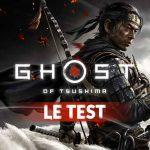 8.5
8.5 



